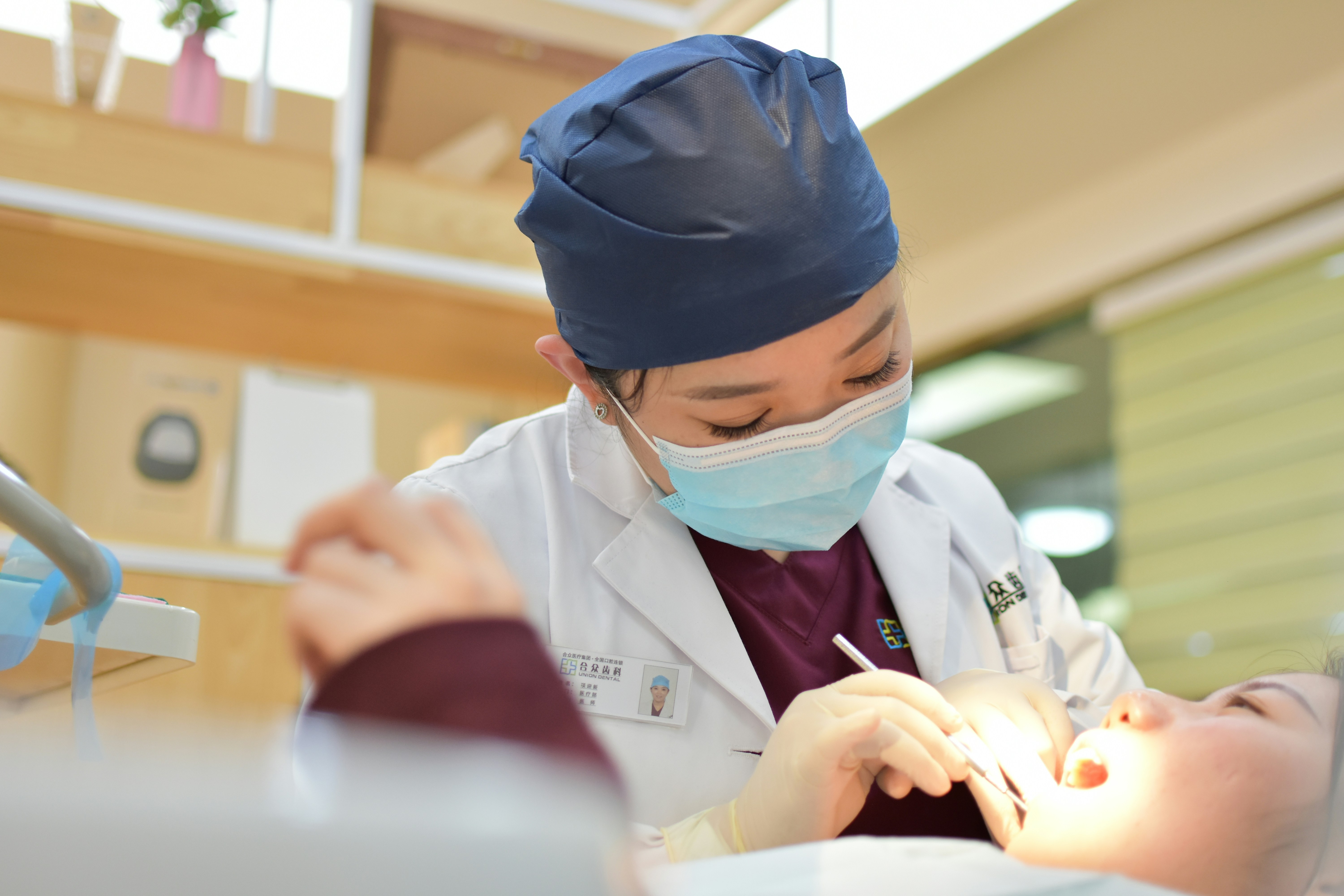The typical age range for braces is 8-14, and it’s always a good idea for children to have an orthodontal examination to see if they may need them. While people often think of children and teenagers as good candidates for braces, it’s less common to hear about adults getting them. The fact is that there’s really no age limit for getting braces, and these days, about one-fourth of orthodontic patients are adults. Generally, the only requirements for braces are permanent teeth and a healthy jaw bone.
Sometimes, interventive orthodontic care is recommended for children who still have their baby teeth. This involves dental appliances other than traditional braces to help align teeth before braces are used later. This method is believed to cut down the overall length of treatment. Even as an adult, however, there are good reasons to consider orthodontic treatment plans, including braces. Here are some of the most important.
Naturally, the main reason for anyone to get braces is to correct misaligned teeth, which can be a detriment to your confidence at any age. Many adults who seek treatment do so because they want to feel like they finally have a beautiful smile.
Of course, the appearance of traditional metal braces is one of many reasons adults often use to justify avoiding treatment plans. Fortunately, there are many types of braces available these days, so you can choose the best option for you. Your treatment plan itself may not be easy, but the end results will make you glad you went through with it.
Range of Options
While most people generally picture metal braces when they hear the word “braces,” they aren’t the only option anymore, which is great news for most adults. Even with metal braces, you can choose between the traditional kinds with rubber elastics or self-ligating braces that use clips for alignment and require fewer checkups.
Ceramic braces may be the best choice for those who prefer their braces to be less noticeable. These use clear, ceramic brackets that blend in with the natural color of your teeth. The downside is that ceramics are bigger and less durable than metal braces, meaning they aren’t ideal for children. For adults who only need minor corrections, clear trays like Invisalign may be your best bet. These are almost entirely unnoticeable, and they can even be taken out when you need to eat. It’s important to keep them in at all times when possible, however, or their corrections may not last.
Affordability
Of course, the cost of braces is another big reason adults frequently forgo them. Braces cost can easily climb to $5,000 or higher, although your insurance company may help cover costs depending on your plan and reason for treatment. The total cost will depend on the complexity of your treatment and what kind of braces you get, but you can meet with an orthodontist for a no-cost braces consultation to discuss your braces price.
Oral Health
Braces are useful for more than just cosmetics—they can also improve your oral health and prevent it from getting worse in the future. For example, crowded and crooked teeth can be significantly harder to clean than straight ones, so braces can improve your dental hygiene. Crowded teeth can also be more susceptible to damage over time, and leaving them uncorrected can even lead to jaw problems in the future. You may also need additional orthodontic appliances besides just braces in order to correct things like bite problems that can cause teeth to become crooked again in the future.
No matter your age, you should consult an orthodontist, especially if you haven’t been before. You may find that there’s an affordable way to fix a potentially serious problem.





Facebook Comments